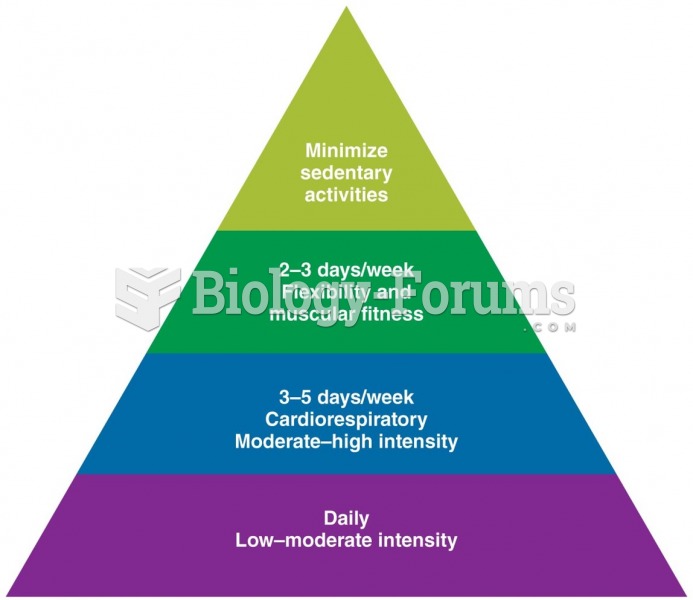Many people believe that private schools have more successful educational outcomes that do public schools, due to less bureaucracy, more family involvement, smaller classes, and students' backgrounds. Families who send their children to private school must pay both tuition and school taxes for public schools. There was much political pressure, beginning in the 1970s in various states, to give public financial support to private schools. One mechanism is the vouchera coupon in the amount the school district normally spends on an individual child's educationto be spent at whatever school the family chooses, public or private. The argument is that in a free-market system private schools should have as much right as public schools to be supported by the government and that the best schools will attract more students, thereby thriving, while the worst schools will improve to attract customers. The voucher system came under legal scrutiny in a court case in Cleveland, Ohio, in 1997, when the system was declared unconstitutional because of inappropriate church-state separation; most of the vouchers (public money) were being used for religious schools. However, the concept of vouchers as a school choice option is still viable, as evidenced by the No Child Left Behind Act of 2001, which tries to balance flexibility with accountability in schools receiving federal funds under Title I of the Elementary and Secondary Education Act (ESEA). The act grants parents certain rights, such as to inspect instructional material and assessments; it provides guidelines for school choice and vouchers, and for school prayer; and it stipulates requirements for funding school improvements, teacher qualifications, and testing. Identify the relationship between the following sentences from the first paragraph. There was much political pressure....to give public financial support to private schools. One mechanism is the voucher...
a. statement and clarification
b. example
c. comparison
d. addition
Question 2
Many people believe that private schools have more successful educational outcomes that do public schools, due to less bureaucracy, more family involvement, smaller classes, and students' backgrounds. Families who send their children to private school must pay both tuition and school taxes for public schools. There was much political pressure, beginning in the 1970s in various states, to give public financial support to private schools. One mechanism is the vouchera coupon in the amount the school district normally spends on an individual child's educationto be spent at whatever school the family chooses, public or private. The argument is that in a free-market system private schools should have as much right as public schools to be supported by the government and that the best schools will attract more students, thereby thriving, while the worst schools will improve to attract customers. The voucher system came under legal scrutiny in a court case in Cleveland, Ohio, in 1997, when the system was declared unconstitutional because of inappropriate church-state separation; most of the vouchers (public money) were being used for religious schools. However, the concept of vouchers as a school choice option is still viable, as evidenced by the No Child Left Behind Act of 2001, which tries to balance flexibility with accountability in schools receiving federal funds under Title I of the Elementary and Secondary Education Act (ESEA). The act grants parents certain rights, such as to inspect instructional material and assessments; it provides guidelines for school choice and vouchers, and for school prayer; and it stipulates requirements for funding school improvements, teacher qualifications, and testing. An inference that can be made from the passage is that
a. Ohio courts are more conservative than courts elsewhere in America. b. parents who send their children to private schools do not have to pay taxesto support public schools
c. a large number of Americans are dissatisfied with how public education isbeing managed. d. American schools may receive federal funding through Title I of ESEA.







